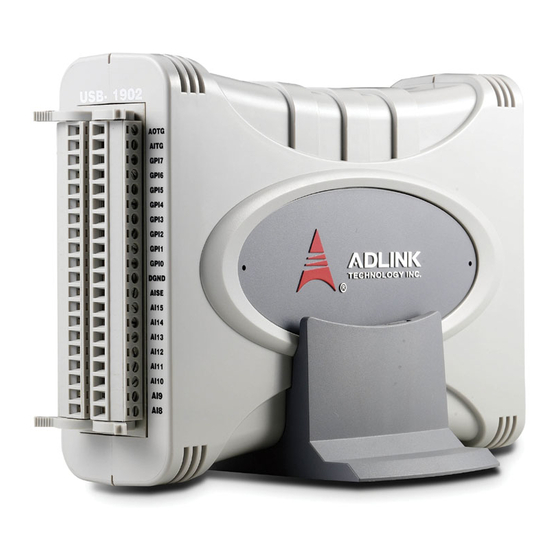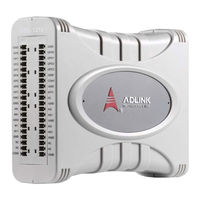
User Manuals: ADLINK Technology USB-1901 DAQ Devices
Manuals and User Guides for ADLINK Technology USB-1901 DAQ Devices. We have 2 ADLINK Technology USB-1901 DAQ Devices manuals available for free PDF download: User Manual, Quick Start Manual
ADLINK Technology USB-1901 User Manual (84 pages)
USB-1900 Series
16-bit 250kS/s USB 2.0-based High-performance
DAQ Module
Brand: ADLINK Technology
|
Category: Control Unit
|
Size: 1 MB
Table of Contents
Advertisement
ADLINK Technology USB-1901 Quick Start Manual (5 pages)
Brand: ADLINK Technology
|
Category: Control Unit
|
Size: 0 MB

